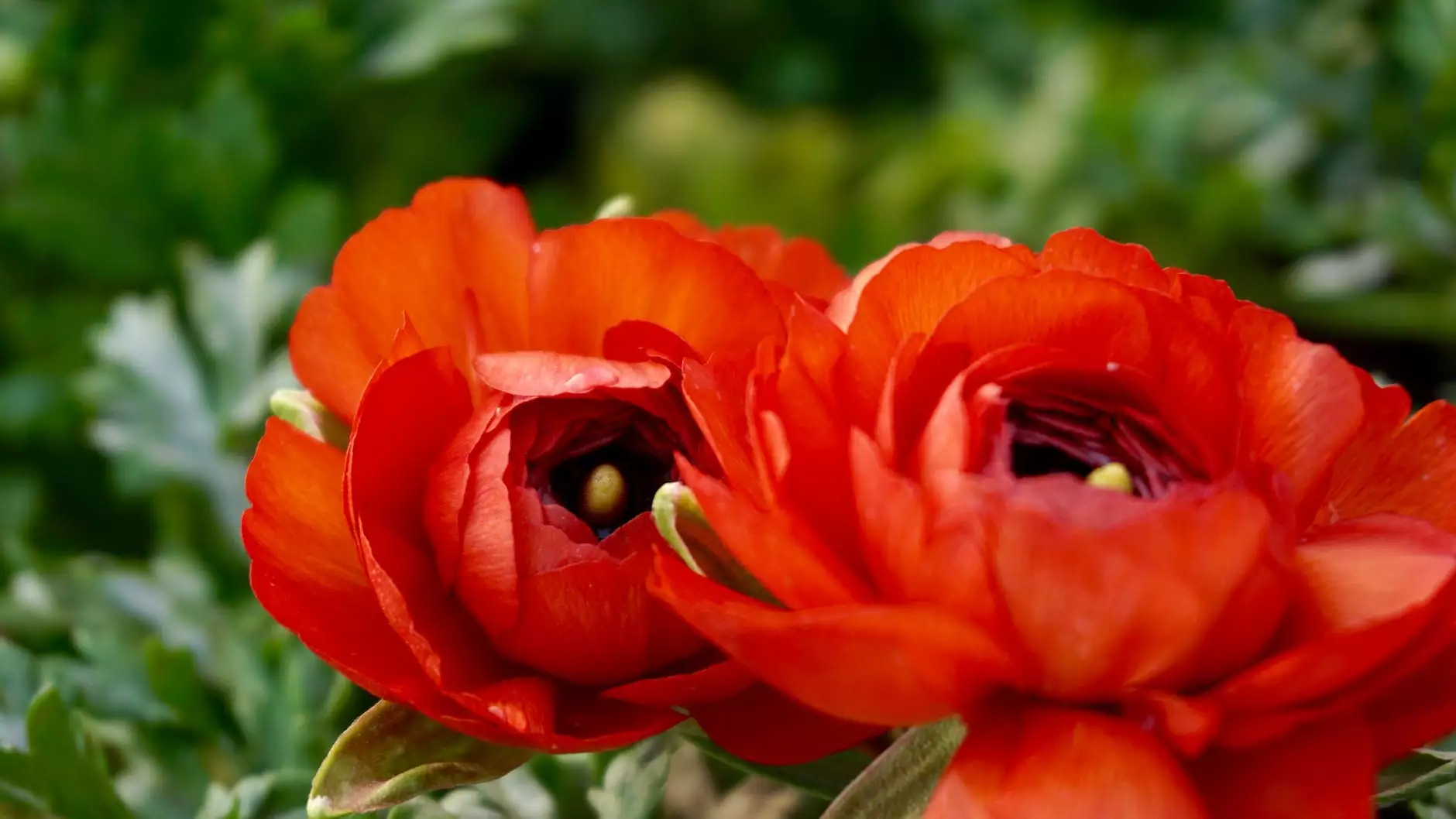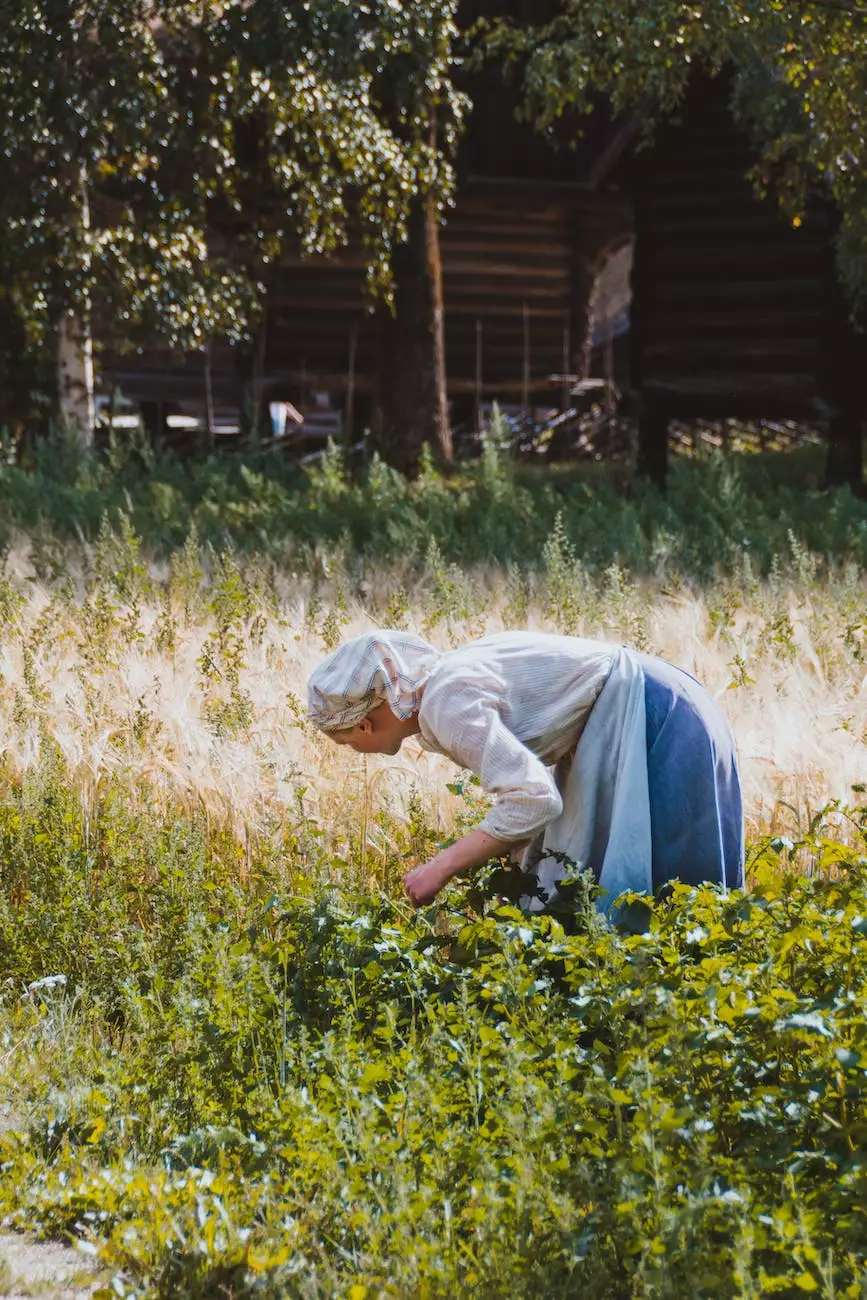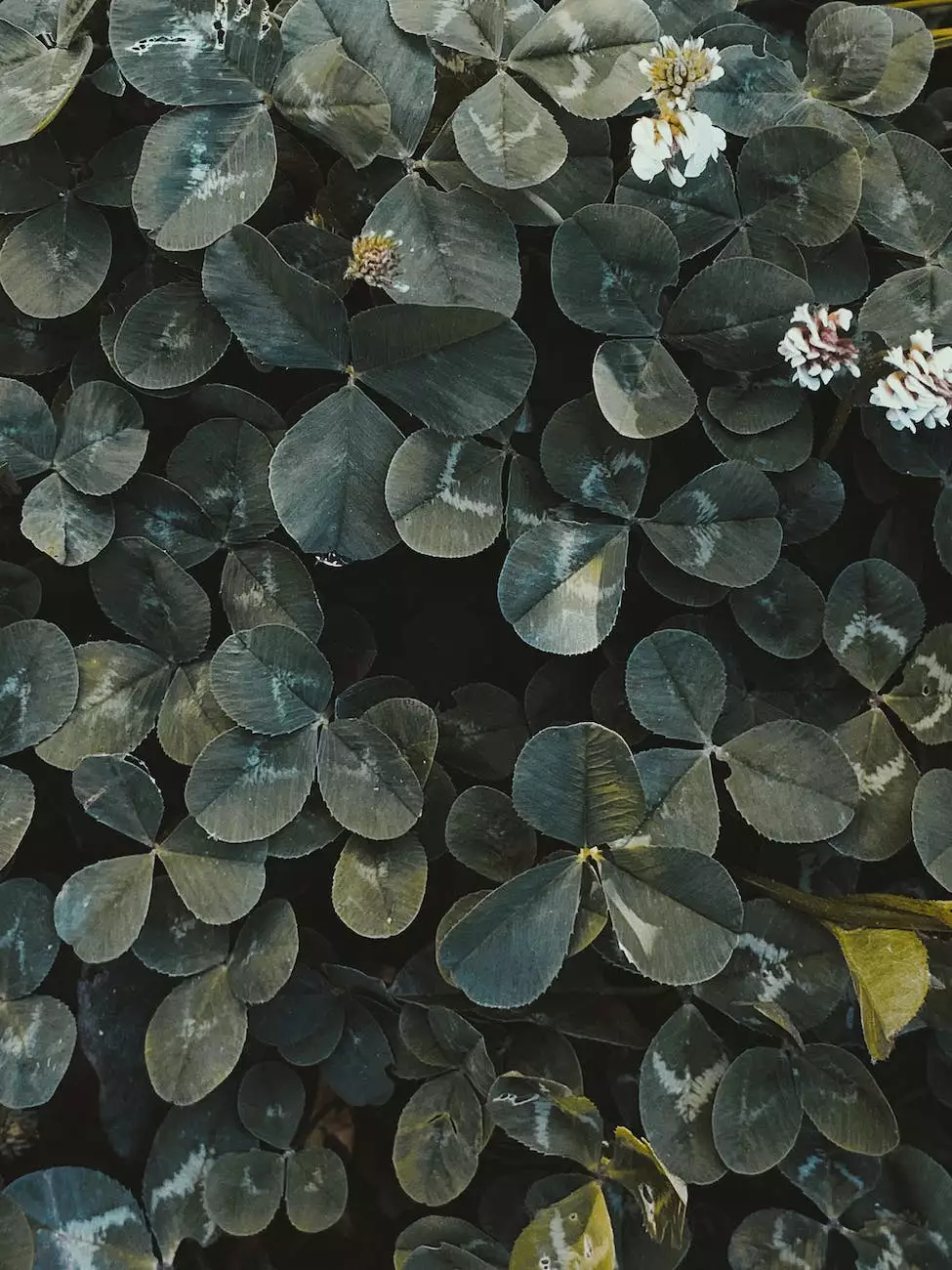Trees - Cassia Surattensis
Plant Library
Introduction
Welcome to Always Lovely Lawn Care, your go-to source for all your home and garden needs. In this guide, we will delve into the world of Cassia Surattensis trees and their remarkable features. Whether you are an experienced gardener or just starting your journey, this comprehensive guide will provide you with valuable insights and tips on nurturing these captivating trees in your own backyard.
About Cassia Surattensis
Cassia Surattensis, commonly known as the Siamese cassia or Senna Siamea, is a species of flowering tree in the family Fabaceae. Native to Southeast Asia, this tree is celebrated for its ornamental beauty and its numerous benefits to the environment.
With its graceful, umbrella-shaped canopy, the Cassia Surattensis tree adds a touch of elegance to any landscape. Its fern-like foliage, composed of delicate, feathery leaves, creates a visually striking contrast against its smooth, gray bark. The tree produces vibrant clusters of yellow flowers, which further enhance its allure and attract pollinators like bees and butterflies.
One of the notable qualities of the Cassia Surattensis tree is its ability to fix nitrogen in the soil. This makes it a valuable species in agroforestry, as it enriches the soil and promotes the growth of other plants in its vicinity. Furthermore, the tree's extensive root system helps prevent soil erosion, making it an ideal choice for stabilizing slopes and preventing land degradation.
Growing Cassia Surattensis
When it comes to cultivating Cassia Surattensis trees, optimal growing conditions are essential for their long-term health and beauty. Here are some key factors to consider:
1. Climate and Sunlight
Cassia Surattensis trees thrive in tropical and subtropical climates and prefer full sun exposure. While they can tolerate a range of soil types, well-draining soil is recommended to prevent waterlogging, which can lead to root rot. Adequate sunlight is crucial for the tree's growth and flowering.
2. Watering and Moisture
While these trees are relatively drought-tolerant once established, regular watering is important during their initial growth phase. Ensure the soil remains moist but not waterlogged. Mulching around the tree can help retain moisture and suppress weed growth.
3. Pruning and Maintenance
Pruning Cassia Surattensis trees is primarily done to maintain their shape and remove any dead or diseased branches. It is best to prune during the dormant season to minimize stress on the tree. Regularly inspect the tree for signs of pests or diseases and take appropriate action if necessary.
Benefits of Cassia Surattensis Trees
Cassia Surattensis trees offer numerous advantages that make them a valuable addition to any home garden. Here are some of the notable benefits:
- Ornamental Beauty: The tree's vibrant, yellow flowers and graceful canopy add visual appeal to your landscape.
- Environmental Stewardship: Cassia Surattensis trees play a vital role in nitrogen fixation and soil conservation, contributing to a healthier ecosystem.
- Attracts Wildlife: The flowers of the Cassia Surattensis tree are a magnet for bees and butterflies, making it a valuable asset for pollinator populations.
- Shade and Cooling: The broad canopy of the tree offers shade, keeping your outdoor spaces cool and comfortable during hot summer months.
Conclusion
As you can see, Cassia Surattensis trees are not only visually stunning but also have numerous benefits to offer. By following the proper care and maintenance guidelines outlined in this guide, you can enjoy the beauty of these trees in your own home garden and contribute to a healthier environment. At Always Lovely Lawn Care, we are committed to helping you create and maintain a stunning garden, and our expert gardeners are always available to provide personalized advice and assistance. Start your journey with Cassia Surattensis trees today and unlock the true beauty of nature in your backyard.










